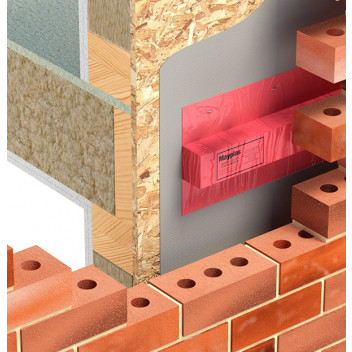
When it comes to fire safety in buildings, there are various precautions and measures that need to be taken to ensure the safety of occupants and the property itself. One crucial aspect of fire safety that is often overlooked is the use of cavity stop socks. Manufactured by Mayplas, these specialized fire-resistant materials play a vital role in preventing the spread of fire and enhancing fire safety in buildings. In this article, we will explore the role of cavity stop socks in safeguarding occupants and property against the devastating effects of fire.
The Importance of Fire Safety
Fire safety is a critical aspect of building design and construction. Fires can cause extensive damage to buildings, result in injury or loss of life, and have a significant impact on the surrounding environment. Therefore, it is essential to implement fire safety measures to prevent fires from occurring and to limit their spread if they do occur.
Common Causes of Fires in Buildings
Before delving into the role of cavity stop socks in fire safety, it is important to understand some common causes of fires in buildings. These can include:
- Electrical faults
- Smoking materials
- Cooking accidents
- Heating appliances
- Arson
The Role of Cavity Stop Socks
Cavity stop socks are a vital component of fire safety in buildings. They are typically installed within cavities in walls and floors to prevent the spread of fire and smoke. Cavity stop socks are made from fire-resistant materials such as mineral wool or intumescent material and are designed to expand when exposed to high temperatures, effectively blocking the passage of fire and smoke.
How Cavity Stop Socks Work
Understanding how cavity stop socks work is essential to grasp their role in fire safety. The key mechanisms of cavity stop socks include:
Expansion in High Temperatures
When exposed to high temperatures during a fire, cavity stop socks expand to fill the cavities in walls and floors. This expansion creates a barrier that prevents the spread of fire and smoke to other parts of the building, providing crucial time for occupants to evacuate safely and for firefighters to extinguish the fire.
Fire Resistance
Cavity stop socks are designed to withstand high temperatures and remain structurally intact during a fire. This fire resistance is essential in ensuring that the socks can effectively block the passage of fire and smoke, even in extreme fire conditions.
Benefits of Using Cavity Stop Socks
There are several benefits to using cavity stop socks in buildings to enhance fire safety. Some of these benefits include:
Fire Containment
Cavity stop socks help contain fires within a specific area of a building, preventing them from spreading to other parts of the structure. This containment can help minimize damage and reduce the risk to occupants and firefighters.
Smoke Control
In addition to preventing the spread of fire, cavity stop socks also help control the spread of smoke. Smoke inhalation is a significant cause of injury and death in fires, so limiting the movement of smoke through cavities in walls and floors is crucial for the safety of building occupants.
Compliance with Building Regulations
Many building codes and regulations require the use of cavity stop socks in certain types of buildings to meet fire safety standards. By installing cavity stop socks, building owners can ensure compliance with these regulations and provide a safer environment for occupants.
Conclusion
Cavity stop socks play a crucial role in enhancing fire safety in buildings by preventing the spread of fire and smoke through cavities in walls and floors. Understanding how cavity stop socks work and the benefits they provide can help building owners, designers, and occupants prioritize fire safety measures and create safer environments for all. By recognizing the importance of cavity stop socks and incorporating them into building designs, we can help reduce the risk of fires and minimize their impact on people and property.